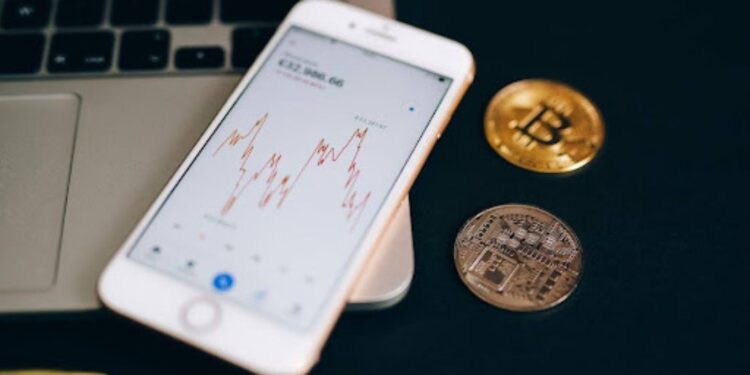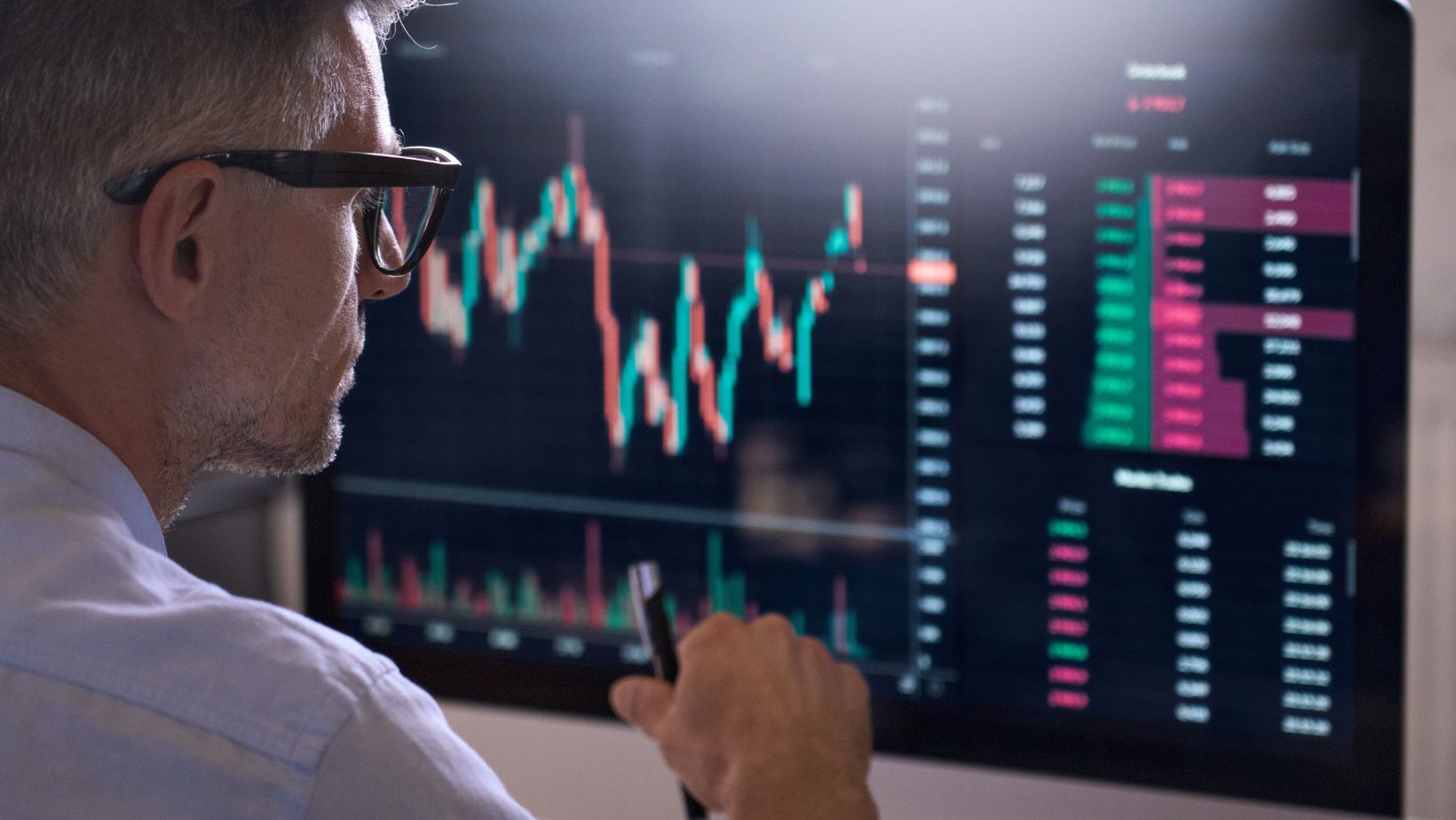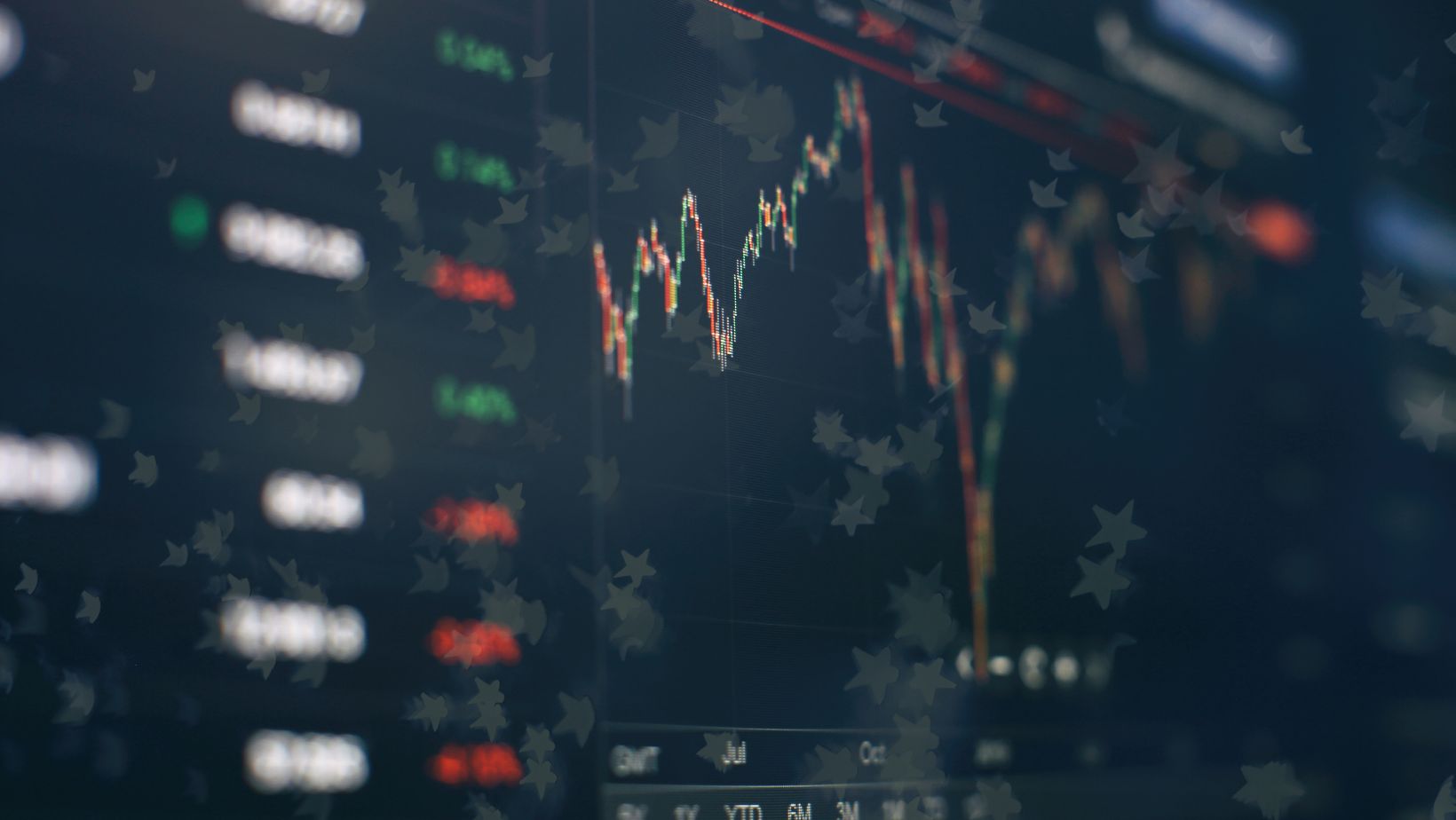If you’ve paid attention to the ocean, you’ve probably realized that its waves can either be gentle and give the beach character or be downright risky when they rise to significant heights before crashing. The crypto market is the same: sometimes its conditions are favorable, resulting in substantial gains, while at other times, the conditions are risky, causing investors to lose money. These wild price swings make the crypto landscape difficult to navigate for faint-hearted individuals.
Binance data shows the differences in Bitcoin’s price over a short period, highlighting the importance of agility and adaptability to stand a chance in the ever-changing market. Volatility is more than a numbers game – it has a major impact on investors and market sentiment, making it difficult to cope with emotions like fear and panic and affecting participant’s decision-making.
In this blog, we will dive deeper into the factors that play a role in price fluctuations and provide some risk management strategies to help investors wither volatility.
Understanding crypto market volatility and the factors that influence it
Volatility measures the ability of an asset to fluctuate in value. The reason why cryptocurrencies are notorious for their volatility is that their prices rise and fall quickly. It’s worth noting that volatility differs from asset to asset; for instance, Bitcoin’s volatility is lower than that of a new meme coin.
A highly volatile asset can produce high returns, but the losses can be just as significant, making it risky. Cryptocurrencies have been around for around a decade, so normally, they experience more fluctuations than traditional markets like bonds, attracting conservative investors who seek investment safety instead of substantial returns. Different factors can affect the volatility of crypto markets, and we will discuss some of them below.
Supply and demand
The crypto market depends a lot on supply and demand. Therefore, if there’s high demand for an asset, its price will naturally rise because everyone will want to have it in their portfolio. On the other hand, if there’s an increase in the token’s supply, its price will fall. Regulations, utility, news, tokenomics, etc impact the supply-demand dynamic.
Liquidity
Liquidity represents the amount of liquid assets in the market at a specific time. When the market is highly liquid, volatility is low because more of the respective assets can be traded at the market price. On the contrary, low liquidity translates into small trades, which can lead to sudden price movements.
Market sentiment
Human emotions like greed and fear heavily impact the crypto market. While positive news triggers bullish trends, with investors speculating on profits, negative news can cause fear in the market, leading them to dump their tokens, thus increasing market volatility.
Hype
Social media is another factor that plays a significant role in the volatility of cryptocurrencies. The market relies on hype to attract new buyers, and a major piece of news can lead to important trades based on specific information. This rush to enter trades results in substantial price swings.
Safeguarding your crypto investments: Effective strategies to keep in mind
Although the crypto market is volatile, there are several things you can do to reduce losses and maximize profits.
Diversify your portfolio
Diversifying your portfolio is one of the best ways to manage risk when investing in digital assets. This isn’t likely the first time when you read about this strategy, and there’s a reason why diversification is always mentioned as a golden rule of crypto investing. It allows you to spread your risk across multiple assets to ensure your portfolio will still be balanced even if the price of a single token drops.
Each token has unique advantages, so it’s worth researching them to see how they can benefit your portfolio. Just be careful not to allocate too much of it to cryptocurrencies, as the market frequently moves together.
Use stop-loss orders
A stop-loss order can be an effective strategy to limit your losses if a digital asset falls. Simply put, the order sells crypto automatically when it reaches a specific price, helping maximize profits by relying on research and preventing emotion-driven decisions.
Rely on volatility indices.
A volatility index monitors the volatility of the crypto market. In equity markets, investors use the VIX index to buy options contracts and hedge against volatility. In the crypto market, the Crypto Volatility Index is used with the same purpose, tracking the volatility of assets like ETH and BTC over a 30-day period, which helps them make more informed decisions.
Employ dollar-cost averaging
Another strategy to protect your crypto investments is dollar-cost averaging, which especially benefits long-term investors who invest regardless of the market conditions. As long as you can get long-term returns, short-term price fluctuations are no longer as scary as they may seem. Like stop-loss orders, the dollar-cost averaging strategy suits assets with growth potential. Applying dollar-cost averaging to a meme coin, which fluctuates significantly in the short term, isn’t likely to work, as the coin may not perform well in time.
The bottom line
As highlighted in the blog, plenty of factors contribute to the volatility of the crypto market, and they should all be considered when investing. Without a doubt, volatility can keep investors on the edge of their seats, but it doesn’t have to be the scary monster everyone fears. By employing the right strategies, you can achieve stability in the market and ride the crypto wave effectively.
Remember to conduct thorough market research instead of relying on opinions on the Internet – many online sources offer detailed statistics, so you should rely on them when deciding your investments. And, of course, if you invest during volatile times, you must be comfortable with the uncertainty and aware of the risks involved – the crypto landscape is full of surprises, both pleasant and unpleasant. So, you should exercise caution when investing and only participate in the market if you can cope with potential losses.
















